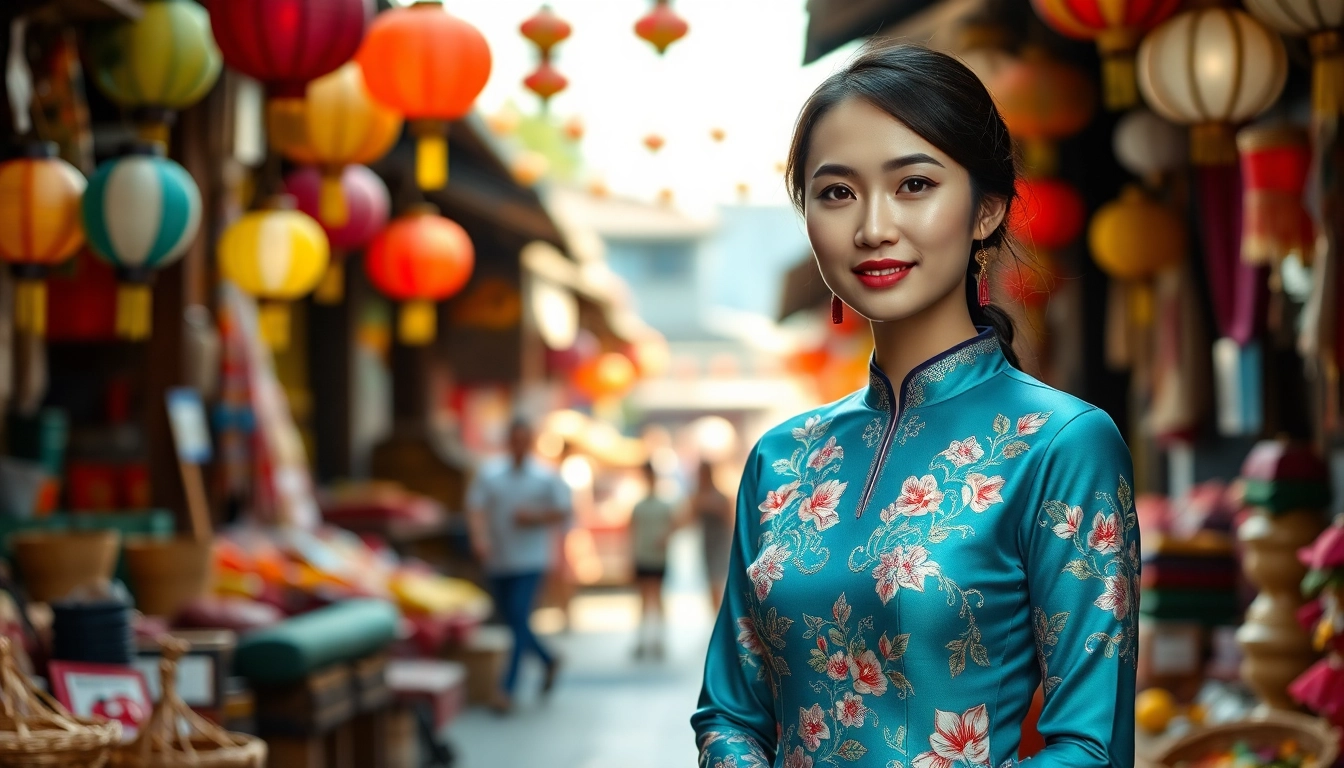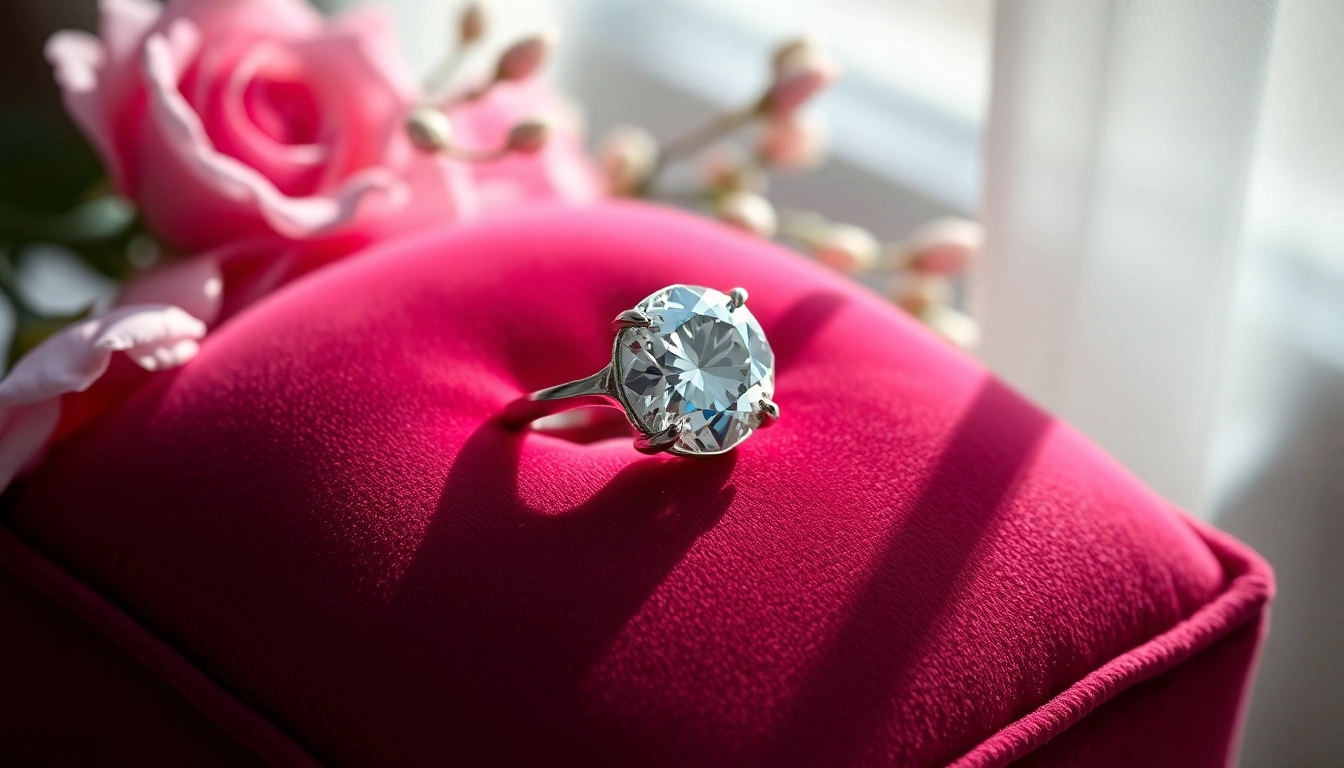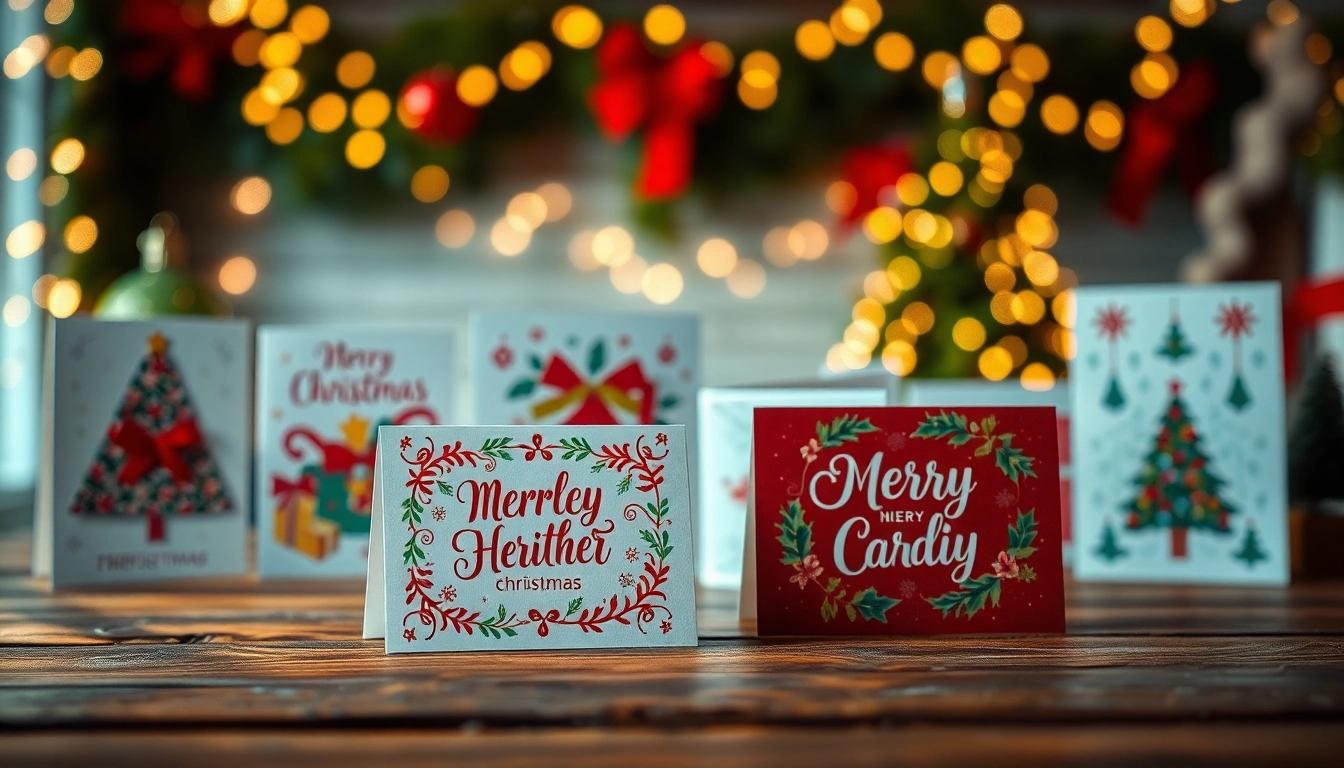Understanding the Vietnamese Áo Dài
The Vietnamese Áo Dài is not merely a garment; it embodies centuries of cultural evolution and integrates traditional artistry with modern aesthetics. Celebrated for its elegant silhouette and graceful flow, this garment represents Vietnamese identity and heritage. By delving into the rich history, design elements, and styling intricacies of the Vietnamese Áo Dài, one can appreciate its significance in both contemporary fashion and cultural representation.
Historical Origins of the Áo Dài
The origins of the Áo Dài can be traced back to the early 18th century during the reign of the Nguyễn Lords in Vietnam. The initial versions of this attire drew inspiration from the clothing of the Chinese Ming Dynasty, characterized by a long tunic worn over loose-fitting trousers. As time progressed, the design adapted, intertwined with the tastes and preferences of the Vietnamese people. This evolution was marked by legendary figures such as Emperor Gia Long, who promoted the refinement of national attire, leading to the common styles recognized today.
By the 20th century, the Áo Dài was transformed into a symbol of national pride. During the French colonial period, it became an emblem of Vietnamese identity, embracing themes of resistance and patriotism. The revolution of the 1950s brought further evolution, as the garment adapted to emerging social changes and influences, ultimately becoming an essential component of both formal and casual attire throughout Vietnam.
Evolution of Styles Through the Decades
The Áo Dài has seamlessly transitioned through varying fashions over the decades, reflecting the sociopolitical landscape and the desires of its wearers. The 1960s, for example, marked a period of innovation, with designers experimenting with colors, fabrics, and embellishments that remained true to traditional roots while appealing to contemporary tastes. The use of vibrant colors and lighter materials gained popularity, making the Áo Dài a preferred choice for significant life events such as weddings and Tet celebrations.
As Vietnam opened its doors to the world in the early 1990s, global influences began to shape the design of the Áo Dài. Modern iterations frequently incorporate skirts of varying lengths, asymmetrical cuts, and bold patterns, enabling the wearer to express individuality while preserving cultural significance. Today, the Áo Dài holds its ground as a national treasure, capable of adapting to modern fashion sensibilities while celebrating its historical roots.
The Cultural Significance of the Áo Dài
Beyond its aesthetic appeal, the Áo Dài is steeped in cultural significance. It is deeply intertwined with the Vietnamese way of life, symbolizing grace, femininity, and dignity. Women often wear the Áo Dài for special occasions, asserting their connection to traditions and expressing national pride. It becomes a visual representation of the individual and collective identity of Vietnamese culture.
Moreover, the garment carries emotional weight, embodying stories passed down through generations. Typically, an Áo Dài may be gifted during important life events, further enhancing its value. The craftsmanship behind the Áo Dài—often involving intricate embroidery and fabric selection—is paramount, with skilled artisans dedicating time and expertise to create each piece. In this way, the Áo Dài stands as a bridge between generations, embodying both personal and collective histories.
Design Elements of the Vietnamese Áo Dài
Materials Used in Áo Dài Production
The fabric choice greatly influences the aesthetic and comfort of the Áo Dài. Traditional materials such as silk, cotton, and various blends have long been favored. Silk, known for its luster and soft texture, remains the most prestigious choice, often reserved for formal events like weddings. Its lightweight nature allows the garment to drape beautifully, enhancing its feminine silhouette.
In addition to silk, cotton offers versatility and breathability, making it a common choice for daily wear. Contemporary designers have also started to incorporate synthetic materials that blend elegance with functionality, ensuring ease of movement while staying stylish. Regardless of the material, quality craftsmanship is vital in sewing the Áo Dài, as it determines the garment’s durability, fit, and comfort.
Common Patterns and Embroidery Techniques
Patterns and embroidery play an essential role in the visual appeal of the Áo Dài. Traditional designs often feature floral motifs, birds, and geometric shapes, reflecting the rich symbolism rooted in Vietnamese culture. For instance, lotus flowers symbolize purity and resilience, while peacocks are commonly associated with beauty and grace.
Embroidery techniques vary from region to region, with some areas specializing in hand-stitched decorations that require precision and artistry. The use of vibrant colors can also reflect local traditions and preferences, making every Áo Dài unique to its wearer’s background and occasion. This artistry doesn’t just beautify the garment; it tells a story, connecting the present to the past.
Modern Interpretations of Traditional Designs
As the world of fashion evolves, so does the Áo Dài. Contemporary designers infuse innovation into traditional designs—experimenting with silhouettes, using unconventional colors, and embracing a fusion of styles that align with global trends. These modern interpretations often include asymmetrical hems, high-low designs, and ethnic fabric combinations, appealing to a younger demographic while preserving the essence of the traditional garment.
The blend of traditional and modern styles showcases the Áo Dài’s adaptability in a fast-paced fashion world. Furthermore, special collections designed for international fashion shows and local designers participating in global markets are contributing to the Áo Dài’s recognition on a larger scale. As a result, the garment continues to evolve, gaining admiration worldwide while remaining a quintessential symbol of Vietnamese culture.
Choosing the Perfect Áo Dài for Any Occasion
Áo Dài for Weddings and Celebrations
Weddings are perhaps the most significant occasion for wearing an Áo Dài, with couples often choosing matching outfits as a symbol of unity. Traditional red and yellow colors are popularly observed, as they symbolize good luck and happiness in Vietnamese culture. Designers often offer intricate designs specifically tailored for wedding ceremonies, ensuring that brides feel elegant and representative of their cultural heritage.
When selecting an Áo Dài for a wedding, consider elements such as styling, fabric choice, and personal preference. For example, while some brides opt for luxurious silk with extensive embroidery, others may prefer simpler, more modern designs that still reflect traditional aesthetics. Ultimately, the goal is to find a style that captures the essence of personal and cultural identity.
Day-to-Day Wear and Casual Styles
While the Áo Dài is often associated with formal events, it is also versatile enough for casual settings. Daily wear typically incorporates lighter fabrics and more relaxed designs, with comfortable cuts that allow for ease of movement throughout daily activities. Many modern variations feature playful patterns and fresh colors, appealing to younger generations who wish to express individuality in their daily wardrobes.
For casual outings, pairing the Áo Dài with trendy accessories or contrasting trousers can revitalize the look. This ensures that while the garment retains its traditional roots, it can still be adapted for the contemporary lifestyle, creating an intriguing blend of the old and the new.
Selecting Fabrics for Comfort and Elegance
In choosing the right fabric for an Áo Dài, comfort and elegance should go hand in hand. Fabrics should not only look exquisite but also feel pleasant against the skin. Materials like lightweight silk are fabulous for formal wear, while breathable cotton works wonderfully for everyday attire. Moreover, one should consider the climate—-for instance, lighter fabrics are preferable in warmer weather, ensuring that the wearers feel comfortable while remaining stylish.
In the context of sustainability, some designers are now focusing on eco-friendly fabrics that embody elegance without compromising the environment, setting a trend that resonates with the values of socially conscious consumers. Ultimately, the fabric selected contributes significantly to how the Áo Dài wears, ensuring that wearers feel as great as they look.
Styling and Accessorizing Your Áo Dài
Traditional Accessories That Enhance Elegance
Accessorizing the Áo Dài can elevate its elegance and add an individual touch. Traditional accessories, such as intricate bracelets, silk scarves, and decorative hairpins, enhance the graceful appearance of this beautiful garment. Those accessories not only serve as adornments but can resonate with cultural significance, connecting the wearer’s identity to their heritage.
Moreover, some women may choose to wear a traditional conical hat, known as “nón lá,” which adds a distinct Vietnamese flair to their attire. Other accessories may include elegant earrings and statement necklaces that add a contemporary twist to a classic look. When styled elegantly, these accessories help create a harmonious ensemble that radiates culture, elegance, and personal flair.
How to Pair Footwear with Your Áo Dài
The choice of footwear is crucial when styling your Áo Dài, as it can either enhance or clash with the overall look. Traditional footwear options include ornate sandals or delicate heels, favoring designs that mirror the intricate detailing of the Áo Dài. The color of the footwear should also align with the outfit’s palette to ensure a cohesive look.
Comfort should remain a priority, especially for longer events. Many women opt for comfortable yet stylish footwear, such as embellished flats, which maintain elegance while providing support. Ultimately, the goal is to create a balanced look that complements the elegance of the Áo Dài while providing utmost comfort to the wearer.
Makeup and Hairstyles that Complement the Look
Makeup and hairstyle choices are essential factors that complete an Áo Dài ensemble. Opting for a natural makeup palette with soft colors can create a harmonious balance, emphasizing the beauty of the outfit without overwhelming it. During formal events, many choose to add a bit more glam, utilizing bold lip colors or shimmering highlights that draw attention.
Hairstyles can vary widely; traditional styles such as the bun or loose waves can enhance the graceful silhouette of the Áo Dài. Hair accessories like flowers or jeweled clips may serve to accentuate the overall appearance. Consideration of personal style is important, as the right makeup and hairstyle can not only elevate the Áo Dài but also foster confidence within the wearer.
Caring for Your Áo Dài
Cleaning and Maintenance Tips for Longevity
Proper care is essential for preserving the beauty and longevity of your Áo Dài. Cleaning should be approached with care, particularly as some materials, like silk, require special handling. Hand washing using gentle detergents is often preferred to prevent damage, though dry cleaning can be an option for heavily embroidered pieces. It’s wise to check care labels for specific recommendations based on fabric.
Furthermore, stains should be addressed promptly to avoid permanent marks. Gentle spot cleaning can effectively mitigate potential damage. When drying, hang the Áo Dài in a shaded area to avoid direct sunlight, which can fade colors and weaken fabrics over time.
Storage Solutions to Preserve Quality
Correct storage of your Áo Dài will ensure that it remains in pristine condition for years to come. It’s recommended to store the garment in a cool, dry place, utilizing breathable garment bags that allow for airflow while protecting against dust. Avoid folding and instead opt for hanging to prevent creases, particularly on silk fabrics.
Additionally, using silica gel packets can help maintain optimal humidity levels within the storage environment, safeguarding against mold and moisture damage. Regularly inspecting your Áo Dài during storage will allow for any necessary upkeep to maintain its beauty and quality over time.
Choosing the Right Tailor for Custom Designs
For those wishing to create a personalized Áo Dài, engaging a skilled tailor is paramount. The right tailor not only understands the intricacies of crafting the garment but can assist in selecting fabrics and designs tailored to individual preferences. When choosing a tailor, it’s essential to evaluate previous work and customer reviews, ensuring that they have a reputation for quality craftsmanship.
A collaborative approach during the design process is beneficial, permitting alterations that reflect desired individual styles while honoring traditional elements. Investing in a custom-designed Áo Dài guarantees a uniquely personal piece that resonates with both modern style and cultural heritage.



